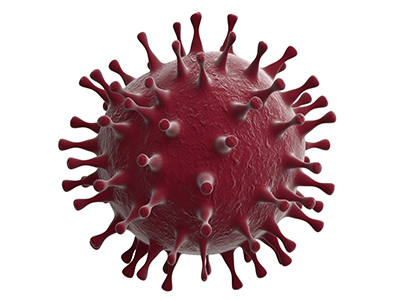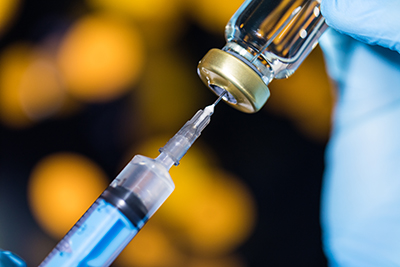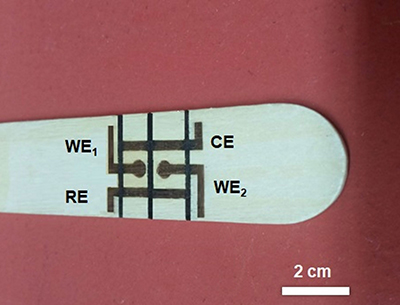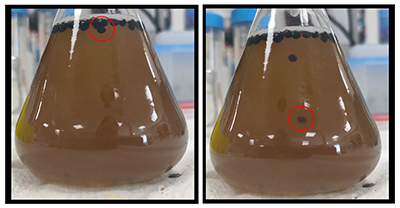FOR IMMEDIATE RELEASE
“On-Demand Cross-Linkable Bottlebrush Polymers for Voltage-Driven Artificial Muscles”
ACS Applied Materials & Interfaces

Whether wriggling your toes or lifting groceries, muscles in your body smoothly expand and contract. Some polymers can do the same thing — acting like artificial muscles — but only when stimulated by dangerously high voltages. Now, researchers in ACS Applied Materials & Interfaces report a series of thin, elastic films that respond to substantially lower electrical charges. The materials represent a step toward artificial muscles that could someday operate safely in medical devices.
Artificial muscles could become key components of movable soft robotic implants and functional artificial organs. Electroactive elastomers, such as bottlebrush polymers, are attractive materials for this purpose because they start soft but stiffen when stretched. And they can change shape when electrically charged. However, currently available bottlebrush polymer films only move at voltages over 4,000 V, which exceeds the 50 V maximum that the U.S. Occupational Safety & Health Administration states is safe. Reducing the thickness of these films to less than 100 µm could lower the required voltages, but this hasn’t been done successfully yet for bottlebrush polymers. So, Dorina Opris and colleagues wanted to find a simple way to produce thinner films.
The researchers synthesized a suite of bottlebrush polymers by reacting norbornene-grafted polydimethylsiloxane macromonomers and cross-linking the products by ultraviolet light. A 60-µm-thick material was the most electroactive, expanding more than previously reported elastomers, with an operating voltage of 1,000 V. And a circular actuator made out of that material expanded and contracted more than 10,000 times before degrading. In another set of experiments, the researchers introduced polar side chains to the polymers and produced materials that responded to voltages as low as 800 V. However, they didn’t expand as much as the team’s most electroactive film. Based on the results, the researchers say that, with some tweaks, the material could someday be used to develop durable implants and other medical devices that work at safer voltages.
The authors acknowledge funding from the European Research Council under the European Union’s Horizon 2020 research and innovation program, the Swiss National Science Foundation, the Swiss Federal Laboratories for Materials Science and Technology and the China Scholarship Council.
###
The American Chemical Society (ACS) is a nonprofit organization chartered by the U.S. Congress. ACS’ mission is to advance the broader chemistry enterprise and its practitioners for the benefit of Earth and all its people. The Society is a global leader in promoting excellence in science education and providing access to chemistry-related information and research through its multiple research solutions, peer-reviewed journals, scientific conferences, eBooks and weekly news periodical Chemical & Engineering News. ACS journals are among the most cited, most trusted and most read within the scientific literature; however, ACS itself does not conduct chemical research. As a leader in scientific information solutions, its CAS division partners with global innovators to accelerate breakthroughs by curating, connecting and analyzing the world’s scientific knowledge. ACS’ main offices are in Washington, D.C., and Columbus, Ohio.
To automatically receive press releases from the American Chemical Society, contact newsroom@acs.org.
Note: ACS does not conduct research, but publishes and publicizes peer-reviewed scientific studies.







